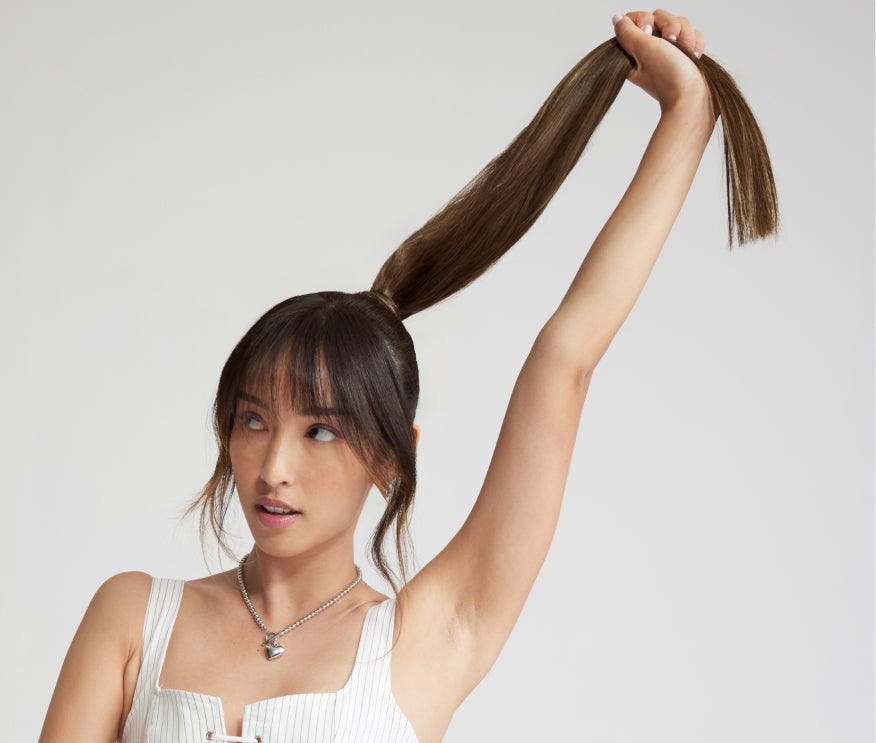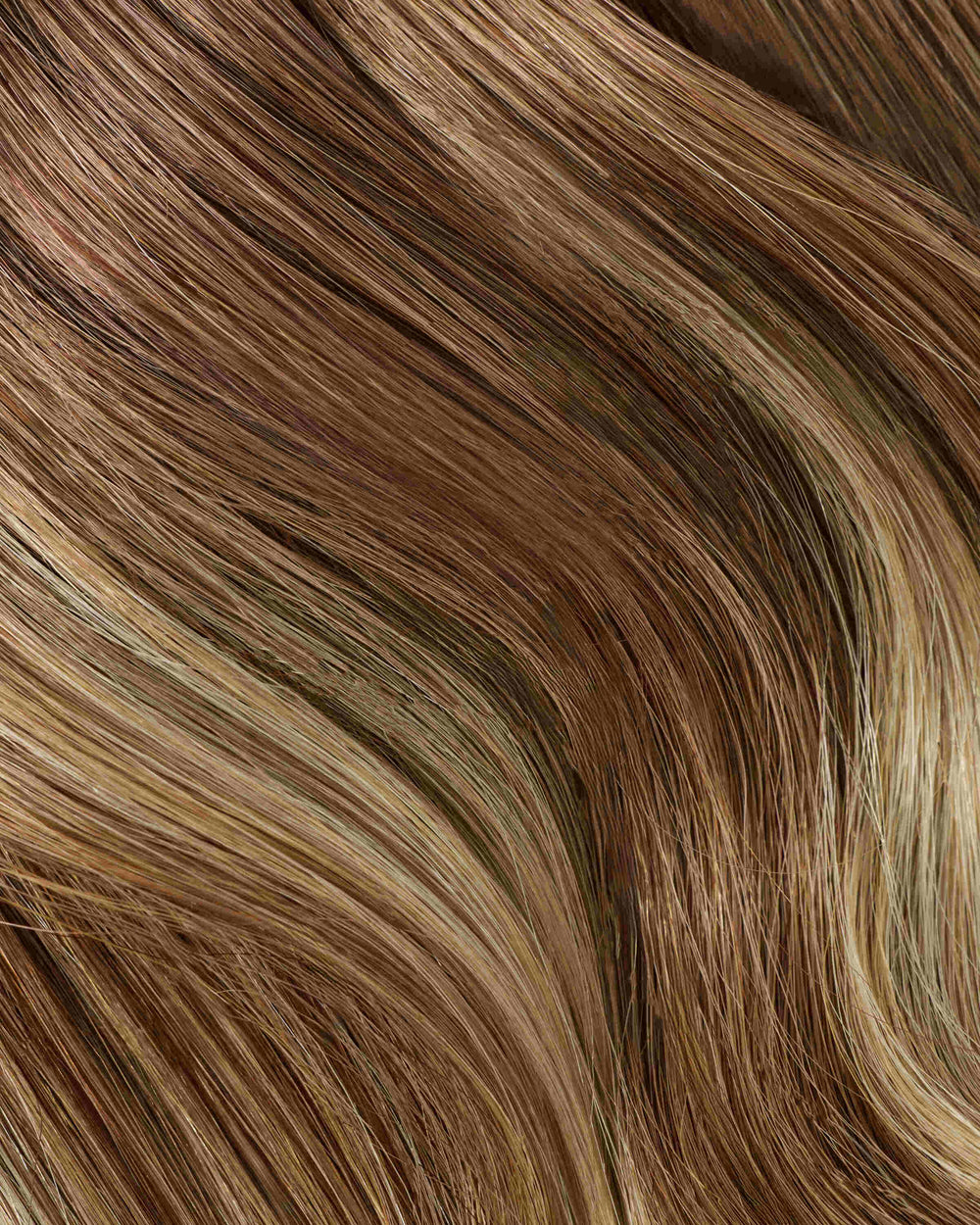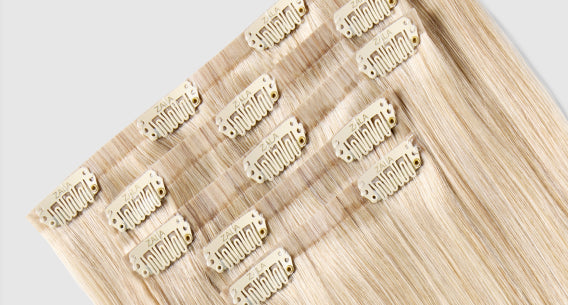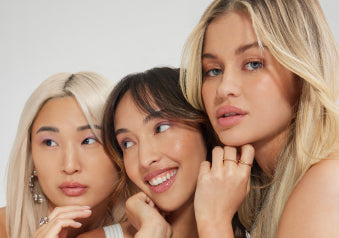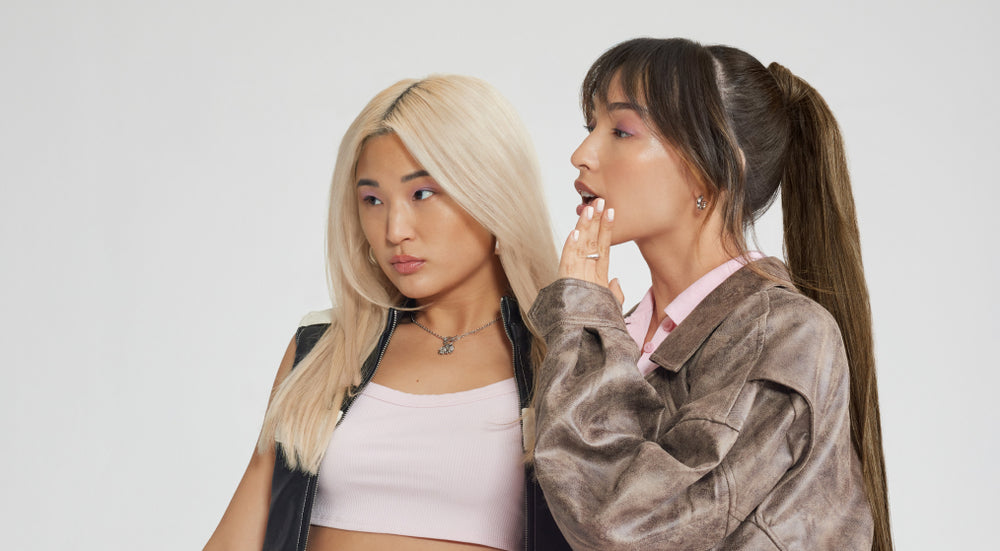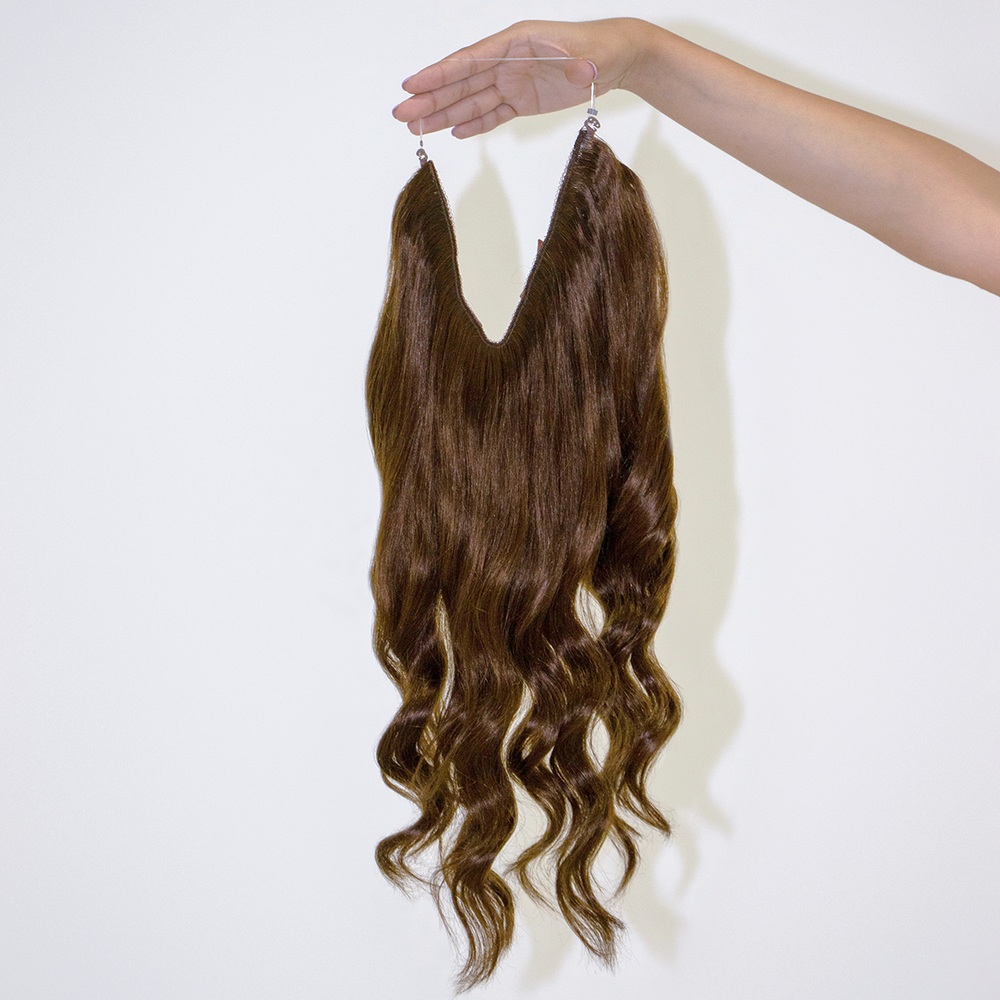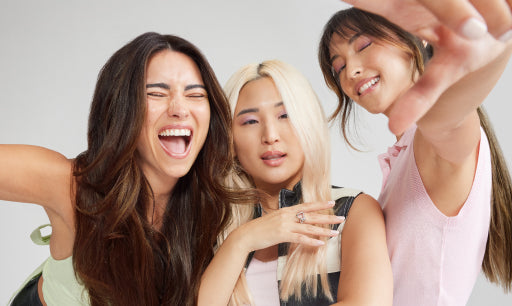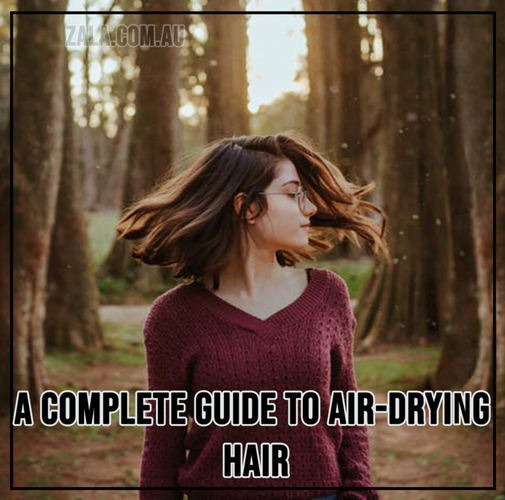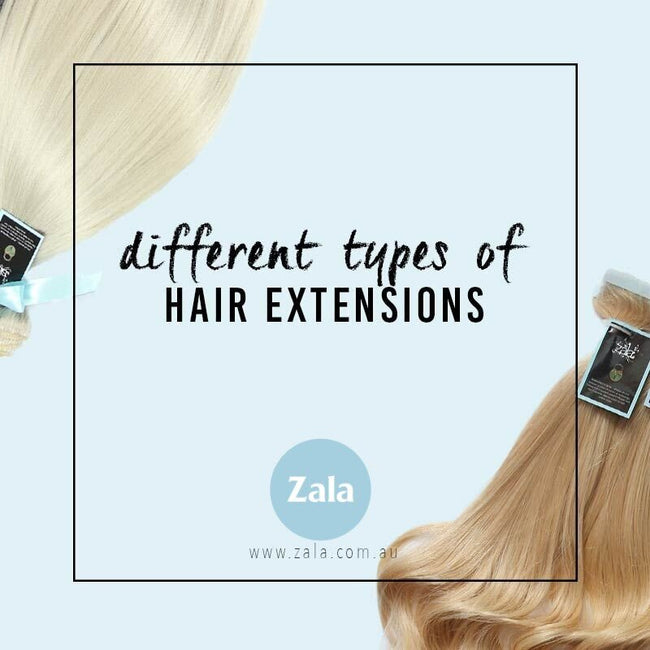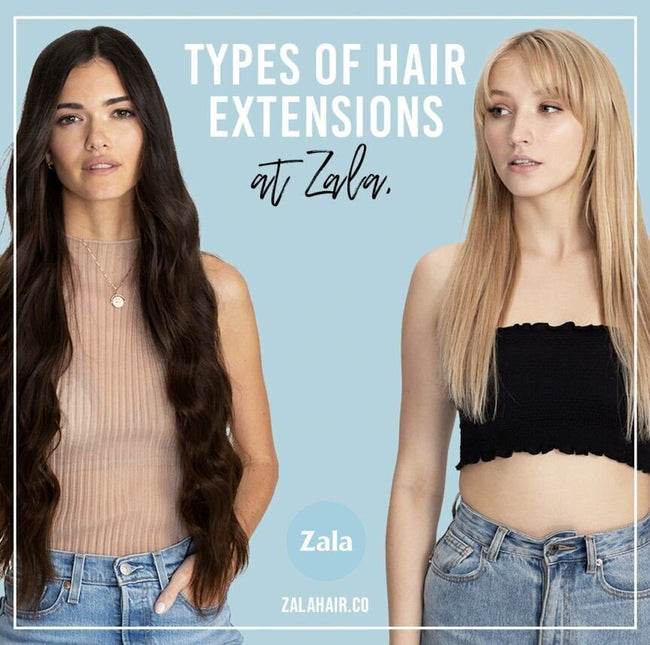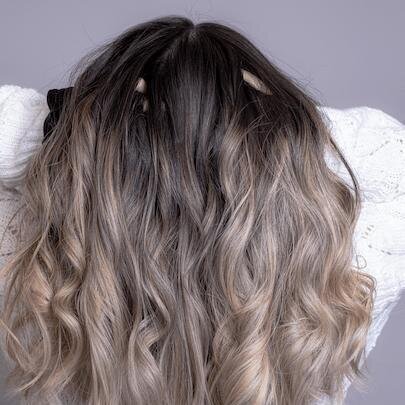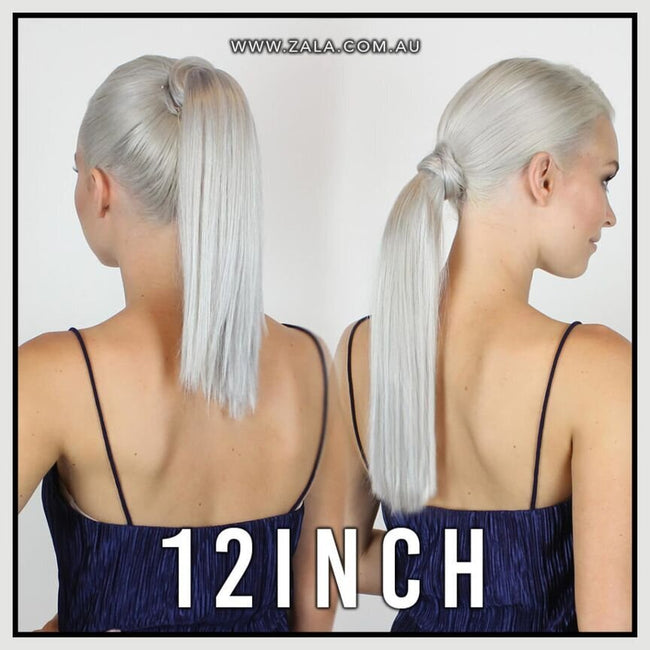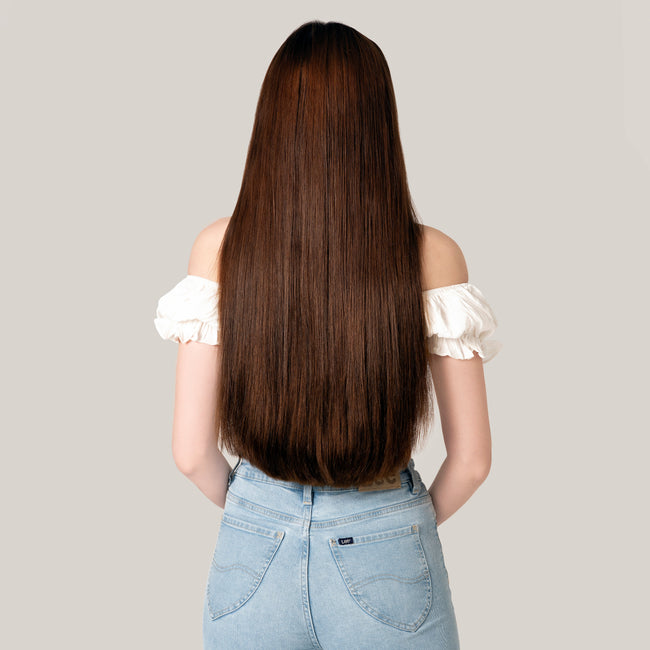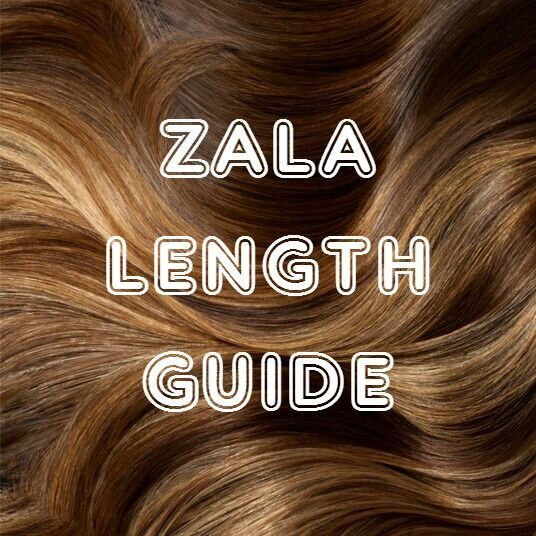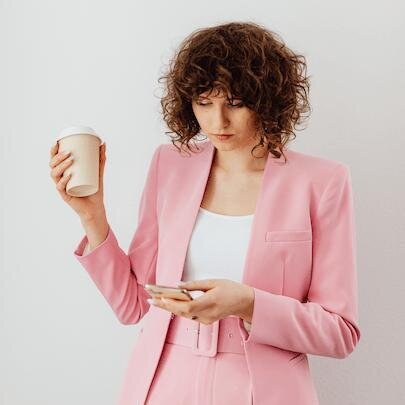Mythbusters: Should You Use 2-in-1 Shampoo?
On the surface, 2-in-1 shampoo and conditioner seems to make logical sense: Why buy both shampoo and conditioner separately? When you can condense them into one easy step. This allows you to save both time and money in the process.
In this article, we'll answer the question: should you use 2-in-1 shampoo?

What's 2-in-1 shampoo?
Most women and men can agree that we feel better when our hair is clean, yet this requires a lot of work and time. When 2-in-1 shampoos hit drugstore shelves, it was truly life-changing. We were getting the best of both worlds (cleansing and conditioning), taking up less space in the shower and saving a couple of extra dollars.In theory, 2-in-1 shampoo and conditioner is the best invention ever. Cutting an entire step out of your morning? Sounds like a dream.
"The 2-in-1 shampoo and conditioner products became very popular in the '80s (thanks to Pantene) because consumers were using shampoo regularly but not conditioning enough," said cosmetic chemist Ron Robinson of BeautyStat.com. "So brands began to incorporate conditioning ingredients into the shampoo, hence the name '2-in-1.'"
Previously, it was believed that it was impossible to have a shampoo and conditioner all in one product. This is according to Ni'Kita Wilson, chief executive officer of Catalyst Cosmetic Development. "If you have the cleansing agents in there and they're effective, then you really can't leave anything behind to condition the hair. So when they first came out, chemists were the ones skeptical about it."
The truth about 2-in-1 shampoo
But Wilson believes that Pantene's parent company, Procter & Gamble, made a breakthrough in the shampoo category. They were able to prove that there was something left behind on the hair that conditioned it. Plus, it reduced the friction between hair strands. "They used an ingredient called Polyquaternium-10. That was one of the first ingredients used for 2-in-1 shampoo and it's still the main ingredient used today," said Wilson.
But does 2-in-1 shampoo/conditioner actually work? Sadly, like seemingly all things that could potentially help us get out of the house faster in the a.m., it's too good to be true, a hair expert tells me.
Shampoo and conditioner, in general, serve two different and specific purposes. Shampoo works to clean dirt and grime out of your scalp, while conditioner helps smooth your strands and preserve their shine. Because of this, grouping them together into one product won't give you the same kind of results.
"2-in-1 shampoos/conditioners do not really give the hair much conditioner," says Temur from Sharon Dorram Color at Sally Hershberger. "This is why the process has always remained 'shampoo then condition.' When they are done at the same time, it strips away the shine and healthy look that you get when done separately."
2-in-1 shampoo
Temur himself is not a fan of the double-whammy product. He finds that clients who don't condition well have a harder time getting a brush through their hair.
It all comes down to your cuticles, which are the "scale-like" outermost layers of your hair that manage the hair's water content. They are your hair's first line of defense and contribute the shine to healthy hair.
Shampoo's purpose is to clean by opening the cuticles to release any dirt trapped in the hair.
This also releases the natural hair oils, leaving the hair quite dry. A conditioner's purpose, then, is to remoisturize the hair and close those opened-up cuticles, giving hair a shiny and healthy look.
The problem with 2-in-1 is that "a single product cannot open and close the cuticle at the same time," Davies said.
The hair gets cleaned, but the "conditioner" part of the product only coats the hair with silicone, which doesn't "close" the hair's cuticles.
The result is an extremely frizzy head of hair that is hard to manage. It will need to be washed more often.
She added, "There's only so much you can do in a 2-in-1 shampoo because most of the conditioners are cationic, meaning they have a positive charge, but most of the surfactants [detergents] in shampoos are anionic, meaning they have a negative charge. So they don't like each other! The biggest problem is in the laboratory in getting the product to be stable by maximizing the conditioning. Once it hits the shelf, the consumer's only issue is finding out if it provides enough conditioning. Or can they get away without using a daily conditioner."
The Bottom Line
2-in-1 shampoos can get both jobs done. But don't get blindsided by an alluring fragrance or rich lather and ignore the health of your hair. "To say that a 2-in-1 shampoo replaces your need for two products, unless you have healthy hair and deep condition on a regular basis, that's not the case," said Wilson. "If you are in a rut and are traveling, then a 2-in-1 shampoo may get you through. But you still need a daily conditioner to get optimal conditioning."
Share This Post:

